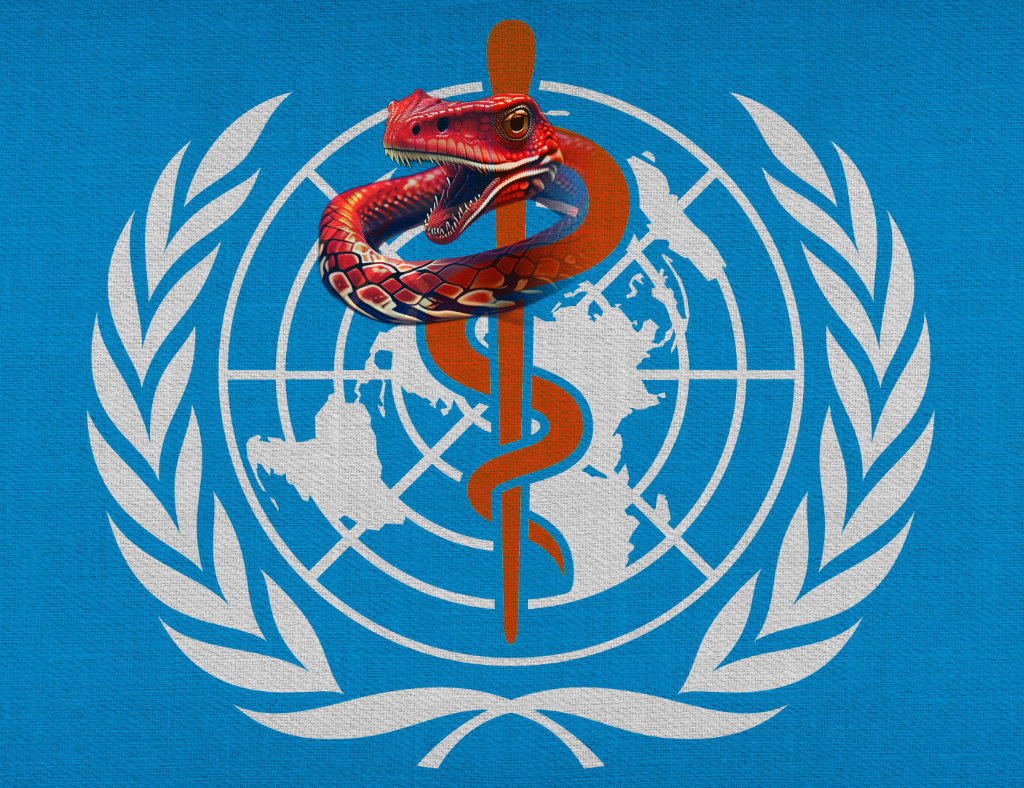– the MWGFD symposium on WHO, some data on vaccine adverse effects and beyond
My colleagues at the MWGFD (Physicians and Scientists for Health, Freedom and Democracy) held a press conference in Munich yesterday where some specialists talked about the changes to the WHO statutes, about which I already wrote a blog. This press conference is an important document. On the MWGFD site there is a press kit and on Rumble you can listen to the symposion; Youtube has deleted it. You learn a lot of important details, especially from lawyer Kruse, who spoke at the end and backed up the statement with hard documents, that the WHO is indeed planning a dictatorial grip on our health. It may not even be the WHO, but mainly those who promote it. For the promoters, as one learns at this conference, are also the ones who are allowed to send their representatives to the decisive committees and therefore have a say in how health will be defined, regulated, monitored and prescribed in the future. After all, if the regulations pass national parliaments or are ratified by governments, then these regulations and changes become binding and have an international regulatory character.
I noticed at this press conference that the acronym WHO, when turned upside down and mirrored, results in the term “OHM”.

Ohm, as hobbyists from the electronics kit know, is the name for electrical resistance. I thought it was great when I was a kid that you could pack thousands of ohms into a small resistor. Maybe we should put millions of ohms into the resistance to this craziness?





